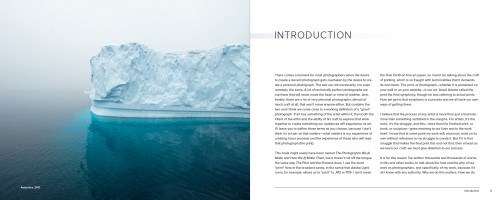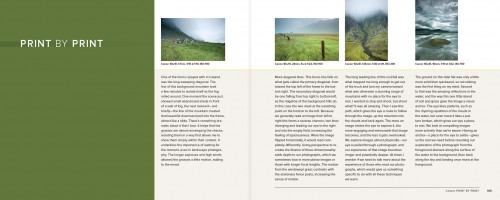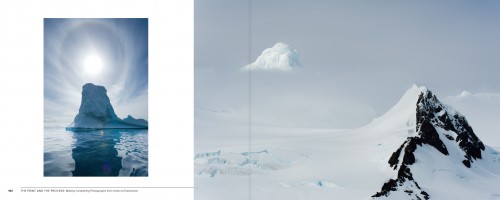I have a confession to make. I’m a total David duChemin fanboy. Not in a creepy stalker type way, but in a total professional admiration kind of way. I see him as one of the great modern day photographic visionaries, and as a fellow photographer who tries to inspire other camera carrying adventure seekers and travelers with my images and writing, I’m awed, and yes, a little bit jealous by his success.
Not that he doesn’t deserve it, though. David has the eye. His people images are stunning. His landscapes are intimate and evocative. As an author, his essays and books about creativity, personal vision and artistry hit it right on the mark. They certainly inspire me, and I’ve been doing this a long time. The only other person who has driven me with such a powerful combination of photography and writing is Galen Rowell. I’ve read nearly every one of David’s Craft and Vision eBooks, and I’ll admit right up front that they were one of my primary influences when I wrote my own eBook, Making The Image.
And aside from being a great photographer mentor to many people, he just seems like a really swell guy. I’ve never met David face to face, but he seems like someone with whom who I’d really enjoy sipping whiskey and talking shop. Or hunkering with in front of our tripods under a howling wind.
Ok, I’ll get on with it. The point of this whole post is not to fawn endlessly over David duChemin, it’s to highlight his latest book, The Print And The Process: Taking Compelling Photographs from Vision to Expression.
Combining a series of photographs from Antarctica, Iceland, Venice and Kenya, The Print And The Process presents ideas, thoughts, and techniques that explore the entire pathway of photography, from idea to final image. In his mind, photography is a process and one that we all struggle with- even him, but the more we learn how to understand our own process, the easier it will be to make photographs that connect with us and our viewers.
To be clear, The Print And The Process is not really about how to make prints. It’s about the gear, the ideas, the creative methods, the expression, the subject matter, or as he calls it, the “messy” process of combining what’s in our mind with what’s in front of us, and then moving it through the camera and the computer.
It’s not overly obsessed with gear, nor is it laden with too much technical stuff. It won’t tell you how to do this or that, but it will walk you through his own mind and handiwork as he gives detailed info about each and every shot in the book. If you’ve read David’s writings before then you know his style. If you haven’t, it strikes a perfect blend of information, personality, inspiration, and education, without being dry, drab or overly obsessed with how much he knows.
The book’s format gives clear and appealing presentation of each and every one of the photographs. The horizontal shots run larger than in most books, which, in my mind, gives it a really nice look. At 230 pages, there’s a lot in there to keep both your mind and your eye busy during multiple readings.
The Print And The Process is not really a book for total beginners, but if you’re an enthusiastic image maker of any level who already has a pretty good understanding of how photography works, there’s a lot to absorb. There’s enough diversity in the material to satisfy both the technical geek and the fuzzy creative types, and everyone in between.
I think that you’ll really enjoy The Print And The Process, both for the artistry of David’s work and the ways that he presents his ideas and methods. It’s a beautiful book that’s worth checking out, if not for the inspiration, then just to enjoy looking at four powerful collections of imagery from around the world. There’s even a Kindle version, which, obviously lacks the impact of the print book, but on the upside, you can take it with you.
[iframe]<iframe src=”http:///e/cm?lt1=_blank&bc1=000000&IS2=1&bg1=FFFFFF&fc1=000000&lc1=0000FF&t=danhbaisadvph-20&o=1&p=8&l=as4&m=amazon&f=ifr&ref=ss_til&asins=0321842766″ style=”width:120px;height:240px;” scrolling=”no” marginwidth=”0″ marginheight=”0″ frameborder=”0″></iframe>[/iframe]




